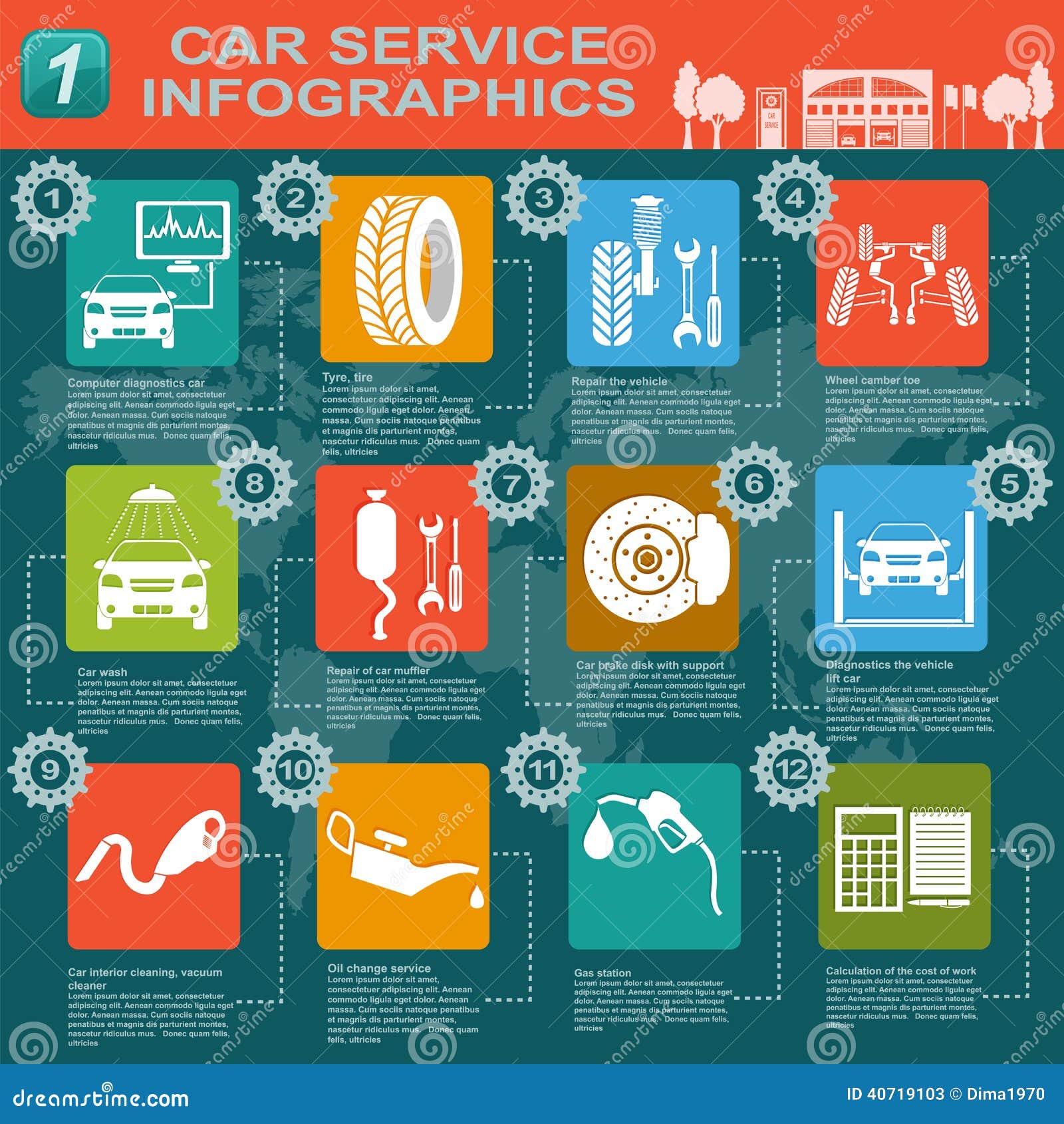When you lag the wheel, those glowing caution lights on your control panel can be a bit puzzling. Do auto detailer know what they're trying to inform you regarding your vehicle's health and wellness? Understanding the significance of these lights is crucial for your safety and security and the durability of your automobile. So, advanced detailing among those lights appears, would not you want to decode its message accurately and take the essential steps to resolve it?
Common Warning Lights and Interpretations
Recognize typical caution lights in your car and recognize their definitions to guarantee safe driving.
The most regular warning lights consist of the check engine light, which signifies problems with the engine or emissions system. If this light begins, it's essential to have your automobile examined without delay.
The oil stress warning light suggests reduced oil pressure, calling for prompt interest to prevent engine damages.
A flashing battery light might suggest a defective billing system, possibly leaving you stranded if not attended to.
The tire pressure monitoring system (TPMS) light alerts you to low tire stress, influencing lorry stability and fuel effectiveness. Ignoring this can lead to unsafe driving problems.
The ABS light indicates a problem with the anti-lock braking system, jeopardizing your ability to stop quickly in emergency situations.
Lastly, the coolant temperature level warning light warns of engine overheating, which can lead to serious damages otherwise fixed promptly.
Recognizing these common warning lights will certainly assist you address concerns without delay and keep risk-free driving conditions.
Value of Prompt Attention
Comprehending the common warning lights in your cars and truck is only the initial step; the significance of without delay dealing with these warnings can't be highlighted enough to guarantee your safety and security on the road.
When a caution light brightens on your dashboard, it's your cars and truck's means of communicating a potential problem that needs interest. Neglecting these warnings can lead to more extreme troubles in the future, compromising your security and possibly costing you extra in repairs.
Motivate interest to cautioning lights can avoid breakdowns and mishaps. For example, a blinking check engine light can suggest a misfire that, if left unattended, might cause damage to the catalytic converter. Resolving car detailers can save you from an expensive repair work.
In a similar way, a brake system cautioning light might signify low brake fluid or used brake pads, essential elements for your security when driving.
DIY Troubleshooting Tips
If you discover a caution light on your dashboard, there are a couple of DIY repairing pointers you can attempt prior to looking for specialist aid.
The primary step is to consult your vehicle's manual to understand what the details warning light indicates. Occasionally the problem can be as simple as a loosened gas cap setting off the check engine light. Tightening up the gas cap might settle the trouble.
visit my web site is a reduced battery, which can activate numerous cautioning lights. Inspecting the battery connections for rust and guaranteeing they're secure might take care of the trouble.
If a caution light persists, you can attempt resetting it by detaching the automobile's battery for a few mins and after that reconnecting it. Additionally, checking your car's fluid levels, such as oil, coolant, and brake fluid, can aid fix advising lights connected to these systems.
Verdict
To conclude, recognizing your car's caution lights is necessary for maintaining your vehicle running smoothly and safely. By quickly attending to these informs and knowing what they mean, you can prevent expensive repairs and potential break downs.
Remember to consult your auto's handbook for specific details on each warning light and act accordingly to guarantee a hassle-free driving experience.
Remain educated, stay safe when traveling!
